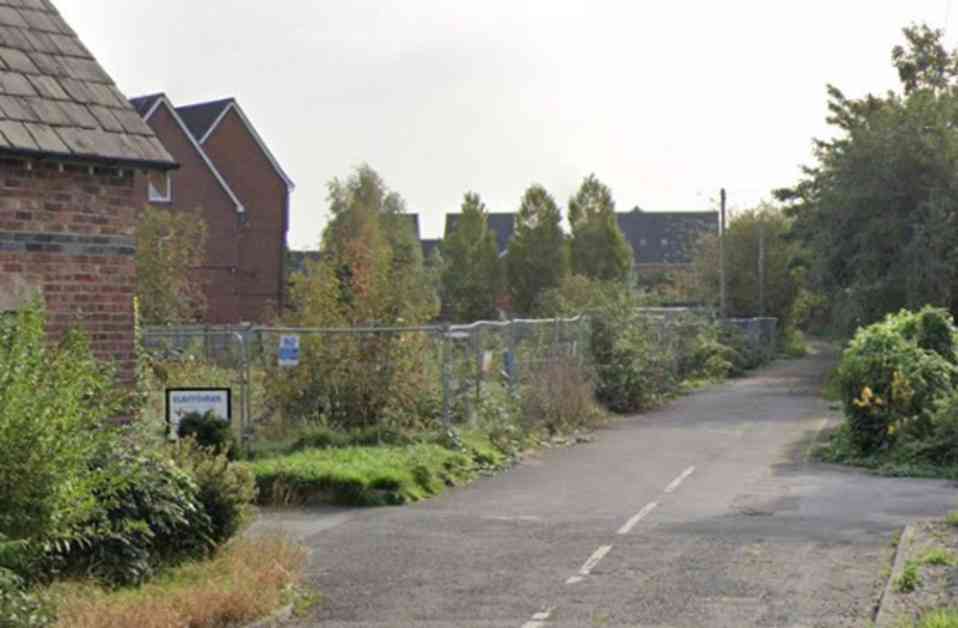Transforming the Landscape of Lymm with Nine New Homes
Lymm, a quaint village in Warrington, is set for a significant transformation with the approval of plans to build nine new homes on the site of the demolished Rushgreen Works factory on Carlton Road. The TIC Group, the applicant behind the project, has received the green light from the Warrington Borough Council to proceed with the development.
The site of the proposed housing project was previously home to the Elastomer Engineering factory, which ceased operations in 2021. Since then, the buildings have been torn down, leaving the land vacant for several months. The decision to construct new homes on this site signifies a new chapter in the village’s history and a step towards revitalizing the area.
Community Concerns Addressed
While the approval for the development marks a significant milestone, it was not without its challenges. Three individual letters of objection, along with a collective objection from a group of residents, highlighted concerns about residential amenity, the scale of the dwellings overshadowing existing properties, and the impact on current residents. Issues related to highway safety, parking, environmental considerations, and ground contamination were also raised.
Ward councillor Ian Marks initially raised objections to the original proposal but chose to withdraw his opposition after reviewing the revised scheme. Similarly, Cllr Kath Buckly expressed concerns about the scale of the project and the perceived haste in pushing the plans forward without sufficient community consultation.
Balancing Development with Preservation
Despite the objections raised, the Warrington Borough Council ultimately granted permission for the construction of the nine new homes. In its decision, the council emphasized that the development aligns with the outline planning permission previously granted for the site. The proposed scale, layout, and appearance of the dwellings were deemed acceptable within the context of the surrounding area, ensuring that the project would not have a detrimental impact on the visual or residential amenity of the neighborhood.
Furthermore, the council highlighted that the development would contribute to addressing housing needs within the borough while providing adequate parking, landscaping, and habitable accommodation for future residents. By carefully balancing the need for new housing with the preservation of the village’s character, the council aims to ensure that the project enhances the local community rather than detracting from it.
In conclusion, the approval of the nine new homes in Lymm represents a significant step forward in the village’s evolution. While challenges and concerns were raised during the planning process, the decision to move forward with the development signals a commitment to responsible growth and sustainable development. As construction commences and the new homes take shape, Lymm residents can look forward to a revitalized landscape that honors the village’s heritage while embracing the opportunities for growth and progress in the future.




















